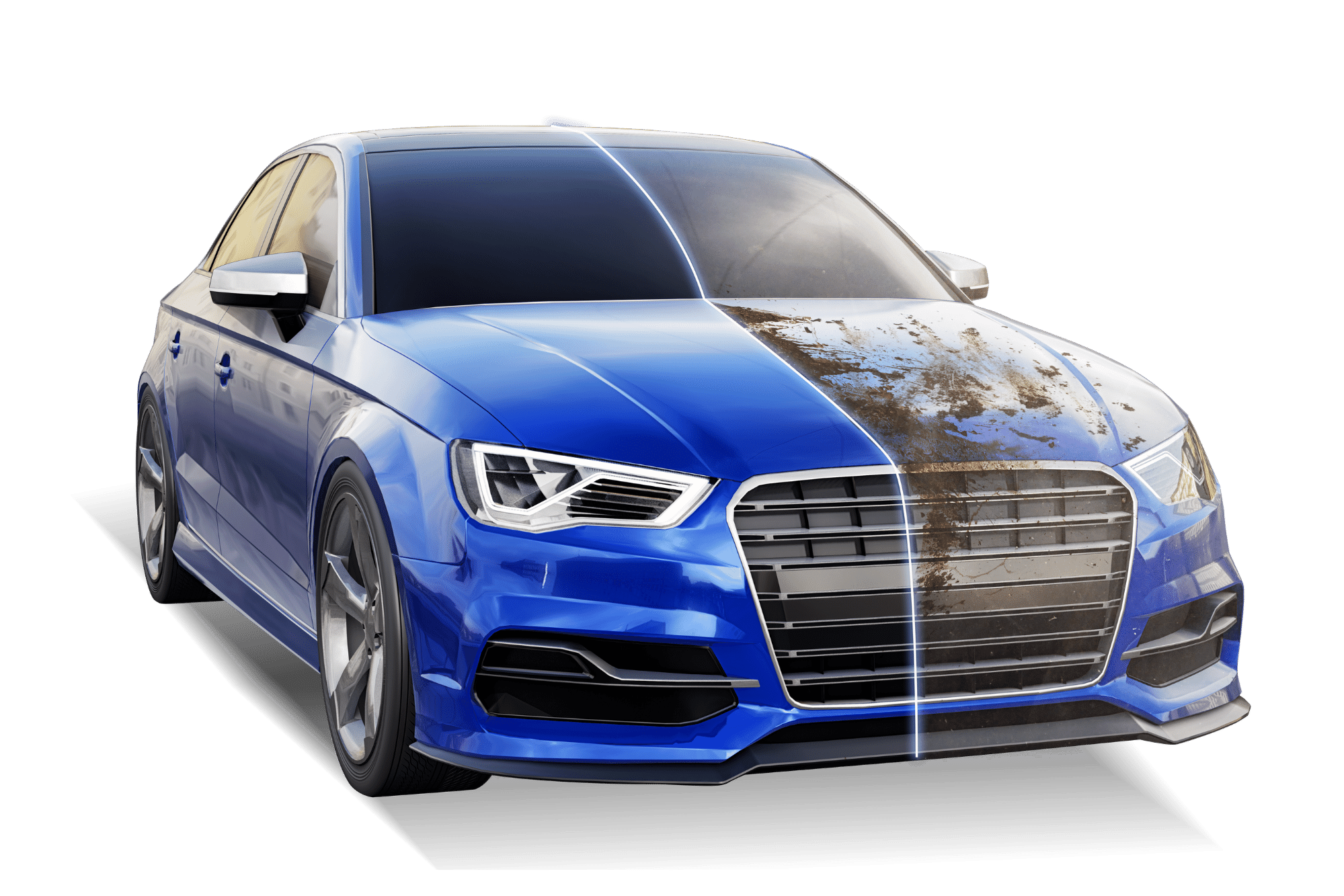A Comprehensive Guide to the Sorts Of Ceramic Finishing on the marketplace
Ceramic finishings have emerged as a critical remedy across various industries due to their distinct residential or commercial properties and applications. As we explore the distinctive characteristics and applications of these layers, the effects for performance and durability end up being increasingly noticeable, increasing questions about which kind might best fit your demands.
Recognizing Ceramic Coatings
Ceramic finishings are advanced protective remedies that have obtained popularity in different industries, specifically in vehicle and aerospace applications. These finishes contain a liquid polymer that, when cured, creates a durable, hydrophobic layer on the surface area of the substratum. This layer supplies improved resistance to environmental contaminants, UV radiation, and chemical direct exposure, thereby expanding the life and visual allure of the underlying material.
The essential element of ceramic layers is silica, which adds to their firmness and toughness. The application process typically entails surface preparation, application of the layer, and healing, which can be accomplished with heat or UV light. When healed, ceramic finishes display outstanding bonding residential properties, allowing them to adhere highly to a range of surfaces, including steels, plastics, and glass.
Along with their protective attributes, ceramic coatings additionally offer ease of upkeep. Their hydrophobic nature decreases the adherence of dirt and crud, making cleansing easier and less frequent. Generally, the fostering of ceramic coatings stands for a considerable innovation in surface area protection modern technology, supplying both practical and aesthetic advantages across numerous markets.
Kinds of Ceramic Coatings
Various types of ceramic coatings are readily available, each created to satisfy certain performance needs and applications - scratch repair sarasota. The most usual kinds consist of:
Silica-based Coatings: These finishings mostly include silicon dioxide and are understood for their durability and chemical resistance. They are commonly made use of in automotive and commercial applications.
Titanium Dioxide Coatings: Renowned for their photocatalytic properties, titanium dioxide finishings are usually used in settings where self-cleaning and antifungal buildings are desirable, such as in structure materials and auto surfaces.
Zirconia Coatings: Identified by their high-temperature stability and thermal resistance, zirconia coatings are utilized in applications such as wind turbine engines and high-performance auto components.
Alumina Coatings: Exhibiting outstanding solidity and thermal stability, alumina finishings are frequently used in wear-resistant applications, including reducing tools and commercial machinery. - Paint Protection Film
Hybrid Coatings: Combining the buildings of numerous materials, crossbreed coverings provide improved performance characteristics, making them suitable for one-of-a-kind and requiring applications.
Each type of ceramic finishing serves distinct functions, allowing individuals to pick the most appropriate solution based upon specific ecological problems and performance demands.
Benefits of Ceramic Coatings
Coatings play a vital role in boosting the performance and long life of surface areas across numerous industries. Ceramic layers, particularly, deal many benefits that make them significantly preferred among suppliers and consumers alike. Among the primary benefits is their remarkable sturdiness. These finishes are immune to scratches, chemicals, and UV rays, ensuring that the underlying surface continues to be safeguarded over time.
Along with resilience, ceramic finishings give excellent hydrophobic residential properties, allowing for easy cleansing and upkeep. This water-repellent nature lessens the adherence of dirt, grime, and other contaminants, which can lengthen the aesthetic charm and capability of the surface area. Ceramic coverings can considerably enhance thermal resistance, making them perfect for applications that endure high temperatures.

Application Refine
When using ceramic finishings, a precise method is vital to attain optimum results. The application procedure generally begins with detailed surface this hyperlink area preparation. This includes washing, sanitizing, and brightening the surface area to get rid of all impurities, including dust, grease, and prior waxes or sealants. A tidy surface makes sure proper attachment of the covering.
As soon as the useful source surface is prepped, the following step is to use the ceramic finishing. This can be done utilizing an applicator pad or a microfiber cloth, ensuring also protection. It is crucial to operate in small areas to preserve control and avoid early healing. The finishing needs to be used in slim layers, as thicker applications can cause unequal coatings.
After application, the finishing calls for a particular healing time, commonly varying from a few hours to a full day, depending on the item. Following these steps faithfully will make best use of the performance and long life of the ceramic layer, providing a resilient protective layer for the surface area.
Upkeep and Durability
To make certain the longevity and effectiveness of a ceramic covering, normal maintenance is crucial. Ceramic layers, recognized for their toughness and protective top qualities, call for specific care regimens to optimize their life expectancy and efficiency.
Along with regular washing, regular assessments are vital. Try to find indications of wear or damages, such as hydrophobic buildings decreasing or surface area flaws. If necessary, a light polish might be applied to rejuvenate the coating without stripping it away.
Additionally, the application of a booster spray can boost the layer's hydrophobic impacts and restore its gloss. This is specifically valuable for finishes that have actually remained in use for an extensive duration. Inevitably, by adhering to these he has a good point upkeep practices, one can substantially prolong the life of a ceramic finish, making certain that it proceeds to supply optimal defense versus ecological variables and maintain the visual appeal of the automobile.
Conclusion
